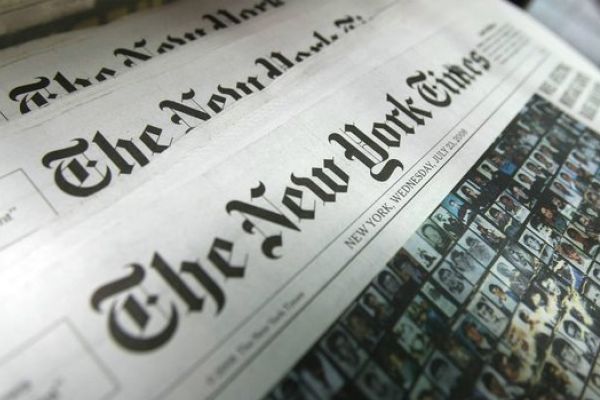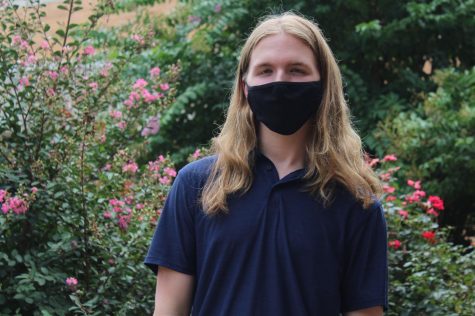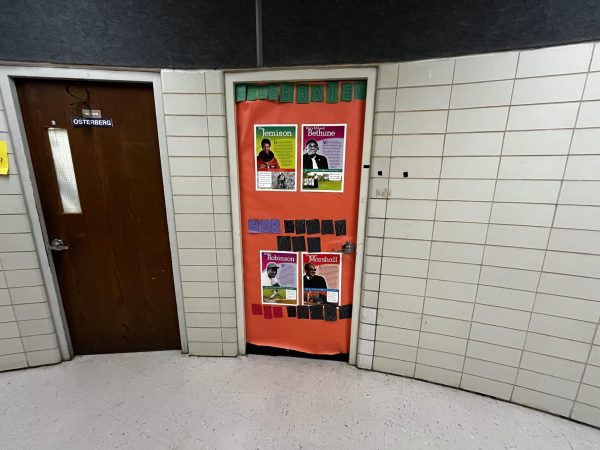The Truth Behind Fake News

THE TRUTH BEHIND FAKE NEWS — Pictured above are physical copies of the New York Times, one of the most attacked new sources by false news claims.
November 25, 2019
As politics take a strong lead in news, so-called hoaxes and lies come close behind. Claims and attacks are thrown from all sides of the political spectrum. In today’s world, it is nearly impossible to find a non-partisan news source in the United States. Almost all news sources lean one way or another when it comes down to politics. This by itself is not necessarily a problem, but when new organizations let their political stances interfere with their informative side, they fail to accomplish their original journalistic goal of bringing news to the people. Almost all large news sources have had their brush up with “fake news,” the most popular of these being Cable News Network (CNN) and Fox News.
“Fake news” has become a favorable term to use when attacking political counterparts. For the most part, it is used as a quick remark to dismiss information one believes to be false. Usually, these claims are not based on facts and are simply an attempt to get the upper hand.
CNN is a favorable news source for Democrats and other politically left-leaning groups. CNN has seen countless attacks from its conservative counterparts, with a large number coming from President Donald Trump and his administration. The height of this bipartisan journalistic conflict was during November 2018 when Jim Acosta, CNN’s White House Correspondent, had his White House Press Pass suspended.
Fox News, a CNN political counterpart, has also seen several attacks on its credibility. Fox News strongly takes pride in the conservative agenda and President Trump. In 2006, a content analysis report revealed that 68 percent of Fox News Channel stories contained personal bias by journalists. This is considerably higher when compared to CNN’s four percent. Personal bias is not the same as entirely misinforming the public. However, adding opinions into news can potentially block the whole truth from being heard.
The content analysis report was conducted by Pew Research Center, a nonpartisan think tank that focuses on public issues and opinions; Pew releases yearly reports detailing the state of the news industry. One can read their most recent report on their website.
President Donald Trump introduced his own take on false news reports with the creation of the Fake News Awards. He awarded ten different stories that he thought most falsely reported on him. CNN had four stories awarded, The New York Times had two stories awarded, and The Washington Post, ABC News, Newsweek, and Time all had one story nominated each. Trump also included a bonus award for the entire coverage of the possibility of Russia’s interference in the 2016 election. A blog post on the GOP’s website includes all of the rankings and commentary, which can be seen here.
These are just some of the many examples of the media-based battle regarding the truthfulness of various media outlets. There has been no winner in the feud. The rise of fake news has only brought increased turmoil between political sides in America.
“Fake news creates fake people, and vice versa,” said Junior Natalie Adams.
One main problem with this surge of fake news claims is that it disrupts what news companies should be strongest in, trust. It is fair to say that trust in the media has recently reached a historical low. Many people have cut out certain sources, or have tried to cut out all national news sources, from their routine in the fear that they will be misinformed. This fear is not irrational. Claims of fake news are constantly on the rise, and people who fear that the claims may be true might end up cutting out some, if not all, of their news intake.
“It has increased turmoil between sides… Many sources are biased towards one side or another, so there is plenty of room for deviation from the truth,” shared Senior Tyler Mullins.
At Central, students’ political views fall all over the spectrum, and this is a great thing. Political diversity encourages change, friendly debates, and an openness to other ideas. However, with fake news creating a growing gap between political sides, these encouragements fail to see the light of day. The turmoil that accompanies this makes reform turn into refusing to deviate, causes friendly debates to turn into violent arguments, and closes the door to people’s openness. Central students let this turmoil affect their friendships and politicizes friendliness. At times where turmoil between political sides is at its highest, students may shut out anyone who disagrees with their stance on a certain issue.
Overall, the truth behind fake news is that, most of the time, it is not fake at all. A majority of the time, the claims of “fake news” are not based on fact and are just meant to dismiss claims people refuse to accept. Even though a miniscule amount of claims turn out to be true, it does not exceed the amount of accurate news. All news sources have great credibility, even if political opinions rise up through the cracks.
Political division has reached a height where people are starting to let it change their lives. Politics is important, but it should not be the deciding factor for everything in life.








